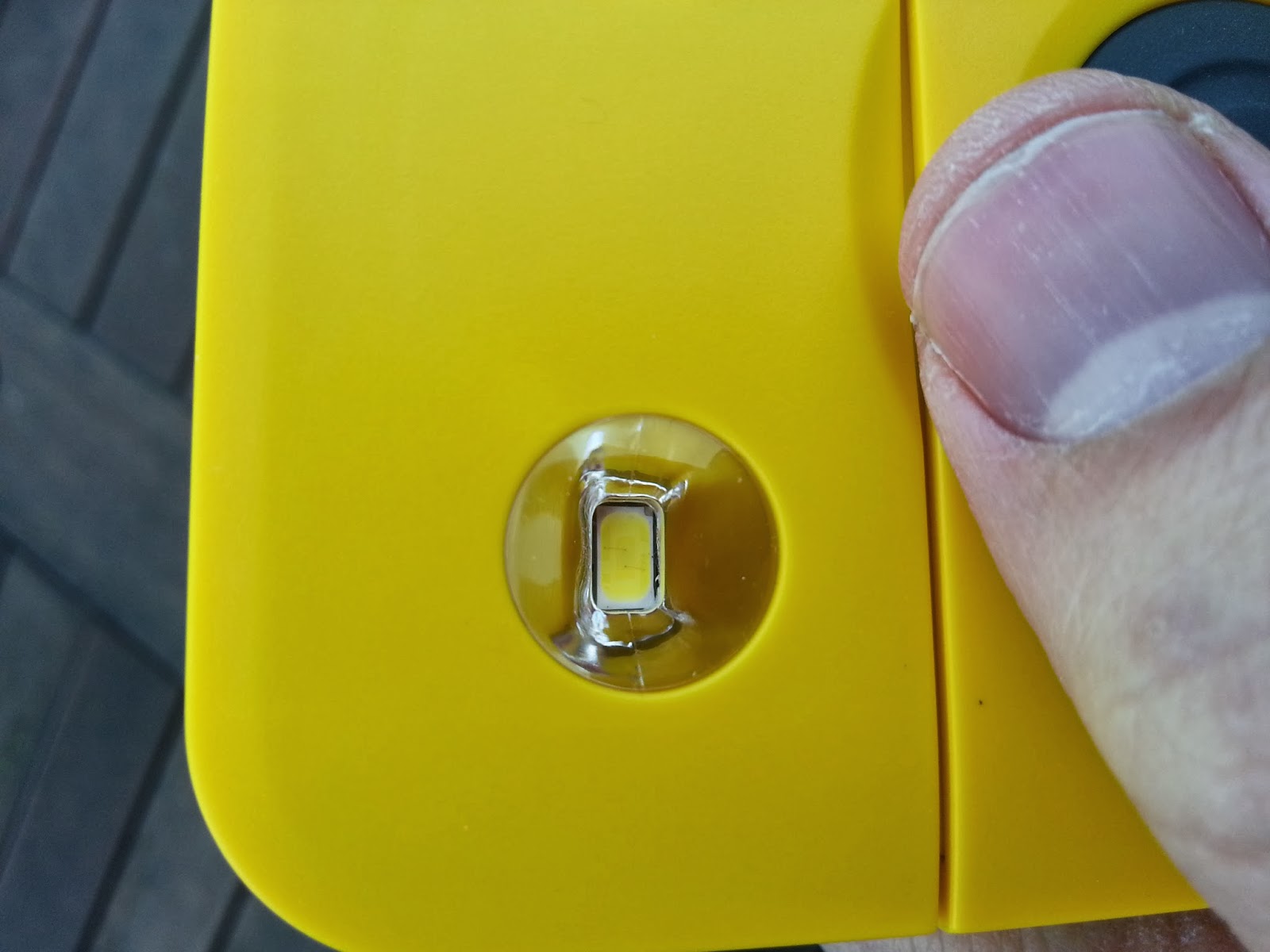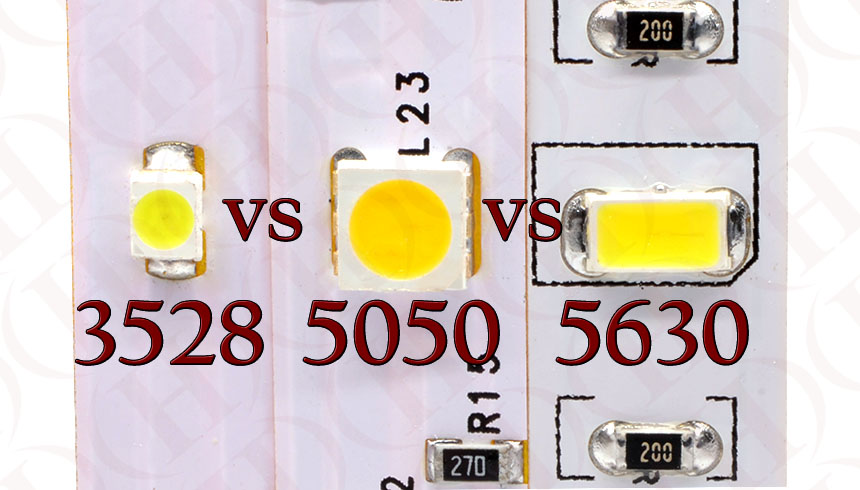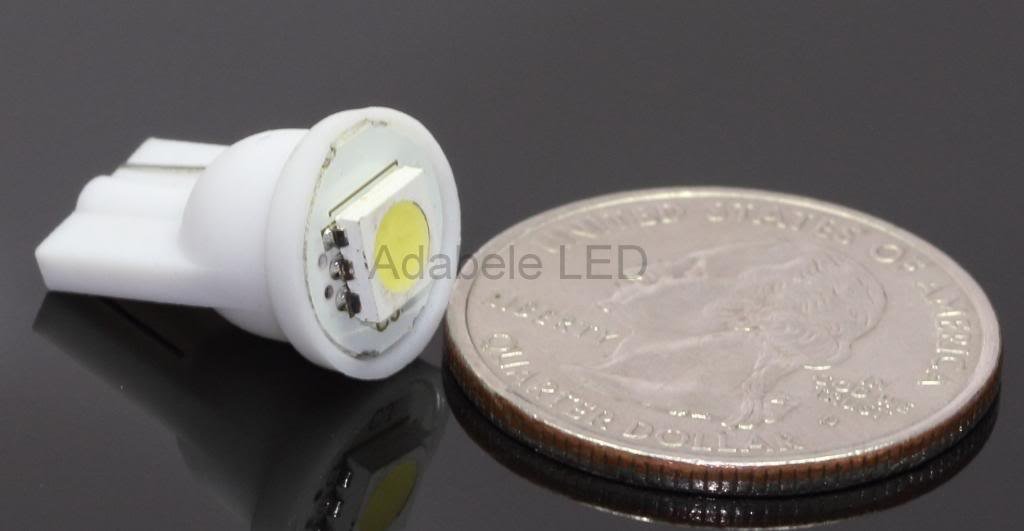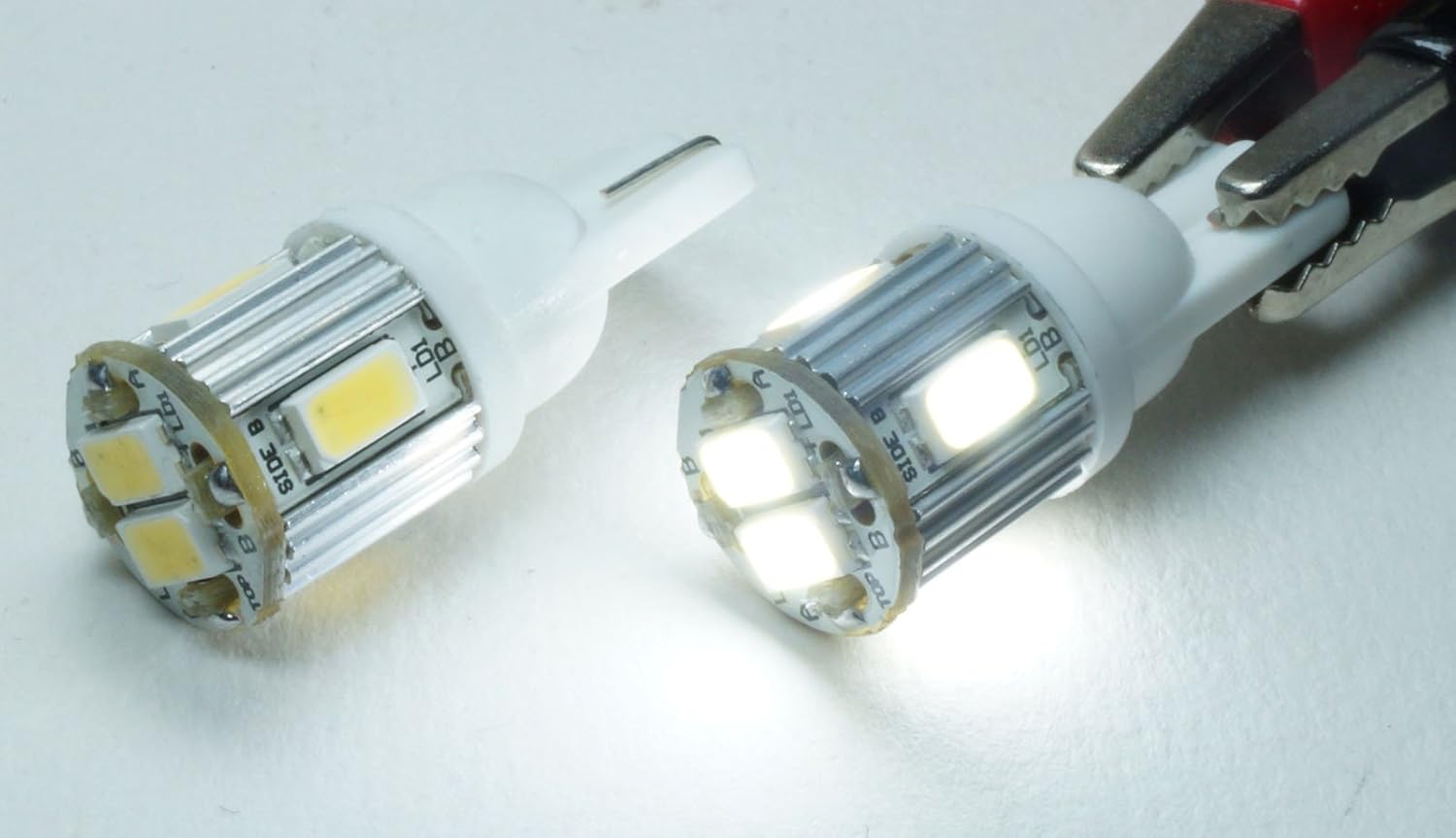WhiteRabbit
Newly Enlightened
- Joined
- Sep 11, 2014
- Messages
- 57
In search of some brighter LED's for a solar application, I purchased this LED pack: http://www.amazon.com/dp/B0085MOXGC/?tag=cpf0b6-20
By measurement I have confirmed that each LED consumes 333ma at 3.4v. However, my solar power budget for the LED is at most 50ma at 3.4v. If I were to use PWM to limit the LED to 50ma at 3.4v (obviously diming it), would the LED appear brighter than running the same LED at a lesser constant current but using the same amount of watts? Are there any rules of thumb regarding this?
The reason I ask is that (it seems) all the highly efficient LED's (>100 lumens/watt) are higher wattage types, and so I'm wondering whether I can access the efficiency of higher powered LED's using PWM, or whether all their extra efficiency will evaporate if I use PWM. My objective is to get the highest brightness for a particular wattage (in this case, 3.4V x 50ma = 170mw). Or is there a different/better approach for achieving the objective? Would I be better off just finding whatever LED produces the most lumens running 50ma constant current at 3.4V?
By measurement I have confirmed that each LED consumes 333ma at 3.4v. However, my solar power budget for the LED is at most 50ma at 3.4v. If I were to use PWM to limit the LED to 50ma at 3.4v (obviously diming it), would the LED appear brighter than running the same LED at a lesser constant current but using the same amount of watts? Are there any rules of thumb regarding this?
The reason I ask is that (it seems) all the highly efficient LED's (>100 lumens/watt) are higher wattage types, and so I'm wondering whether I can access the efficiency of higher powered LED's using PWM, or whether all their extra efficiency will evaporate if I use PWM. My objective is to get the highest brightness for a particular wattage (in this case, 3.4V x 50ma = 170mw). Or is there a different/better approach for achieving the objective? Would I be better off just finding whatever LED produces the most lumens running 50ma constant current at 3.4V?
Last edited:





